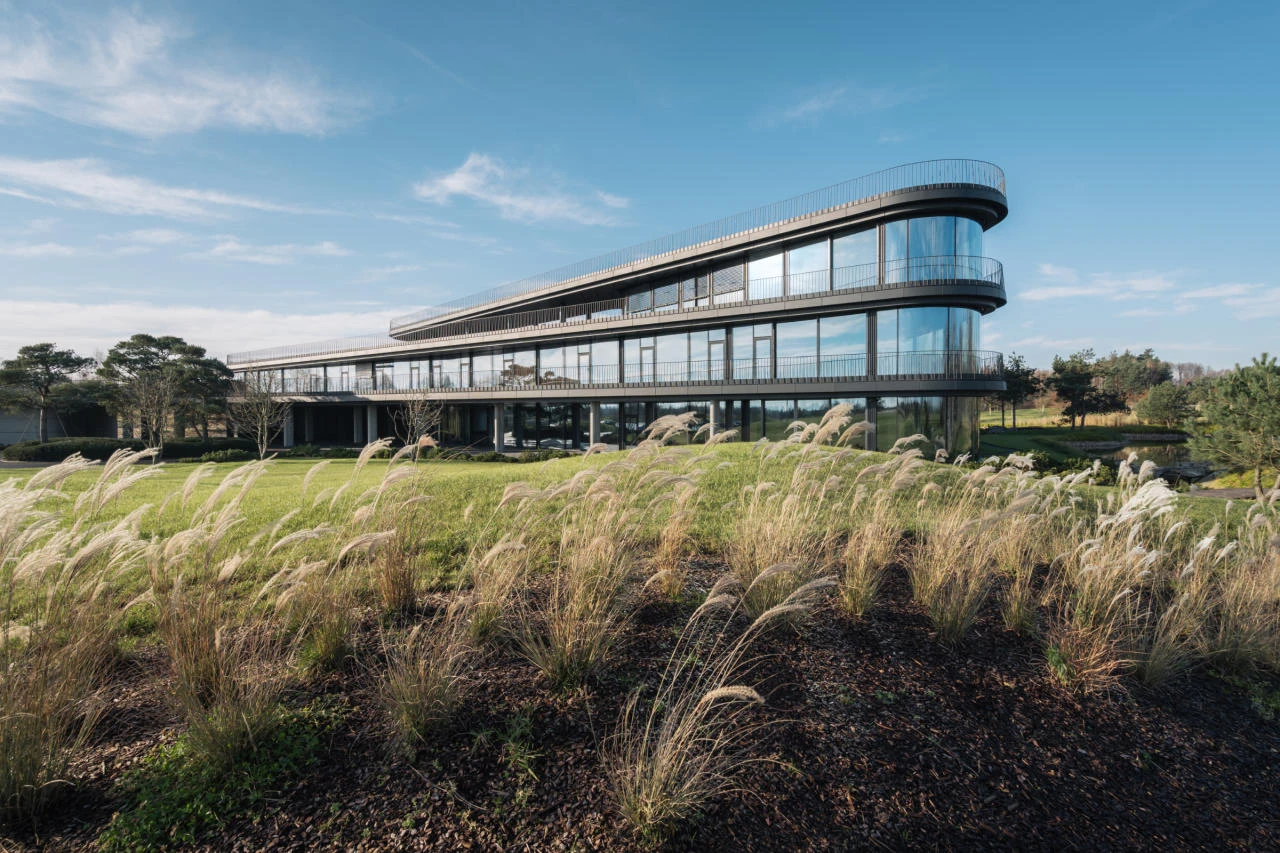Architecture from trash – 3 building trends that make use of waste
One of the problems of modern construction is how to manage the waste that is generated in the construction of a building. The other is to obtain a building material that can either be recycled indefinitely (such as aluminium) or that is itself recycled. Is it possible to build from trash?
It turns out that it is! There are already many examples of facilities that have been created fully or partially from recycled materials. We are more often also dealing with upcycling in the construction industry, i.e. such secondary processing which allows a higher quality product to be obtained than the raw materials used to create it.
Trash architecture – hit or miss?
Here are some examples of buildings in which construction process waste was used or which made extensive use of recycling technology to produce construction materials.
Earthship – utopia or saving the planet?
One of the definitely more interesting ‘trash architecture’ projects is the Earthship project, started in the 1980s by Michael Reynolds. The 76-year-old environmental enthusiast and architect said in an interview with CNBC: ‘People would think I was nuts. They would ask: Why is this idiot using trash to build and trying to create objects that don’t need access to traditional utilities? Now I’m laughing at them because not only are more and more people interested in my project, but they want to buy my houses’.
Reynolds builds his houses in New Mexico. He uses tyres, cans, bottles and other waste materials. The objective is to create a comfortable shelter that doesn’t need fossil fuels to operate but is supplied with electricity, water, sewage treatment. They are designed to use available natural resources, especially solar energy and rainwater. They are designed using thermal mass and natural cross-ventilation to regulate indoor temperatures, and the designs are deliberately uncomplicated and mainly single-storey so that people with little construction knowledge can build them. They can be considered the realisation of a utopia of autonomous housing and sustainable living.

Press Glass HQ, Konopiska, Poland. Systems used: MB-78EI, MB-86 SI, MB-SR50N IW.
Window recycling
An interesting approach to the use of waste is the idea of reusing dismantled windows. An example of such a building on a smaller scale is La Fabrique in Geneva. The building combines windows of different shapes and colours, which are made of different materials. Acquired as cheap demolition material, they have found new life, and the form of the building proves that something that was apparently worthless can become not only useful, but even claim to be art.
A similar example is located in Belgium. The large, egg-shaped structure of the new EU Council headquarters, which is hidden behind a wall of huge numbers of windows, is an eye-catcher, but few people know that these windows come from different buildings in EU member states.
Waste house
This is another example of a building that has been constructed entirely out of trash. The Waste House, located on the University of Brighton campus, was designed by Duncan Baker-Brown and his students.
The entire skeleton of the building was constructed from plywood beams, wooden joists and columns that were obtained from demolitions. The walls are made from block waste filled with scraps of various materials – such as jeans or boxes. Old PVC tiles serve as moisture-resistant exterior cladding and old inner tubes were used as window seals.
The furniture inside is also made from waste. Waste House is an idea that aims to show that any waste can be recycled. The house is not an invitation to build en masse using randomly found waste and does not set trends in this area. However, the very fact that it was possible to construct a stable structure out of such random materials opens up a new space for architects who have the courage to try out new solutions.
Recycling in construction can save the planet
The use of recycled materials in construction, and materials that don’t constitute a threat for the planet at the end of a building’s life, is now a priority for an industry that is one of the most wasteful.
‘It’s important to think not only about what we are building with, but also how the materials used in the construction process can be recycled’, emphasises Emmanuel Gregoire, Managing Director of the Belgian branch of Aluprof. ‘It is in this context that aluminium seems to be the perfect answer, as it is a material that can not only be recycled, but is almost 100% recyclable. Aluminium constructions are therefore doubly ecological and usable in a closed-loop economy’, the expert adds.

The National Robotarium, Edinburgh, Great Britain. Systems used: MB-86 ST, MB-SR50N, MB-SR50N EFEKT.
‘At Aluprof, we use aluminium scrap at a level of 65% in smelting and we intend to continue to increase the proportion of recycled aluminium in the production of our window and door systems. I wouldn’t include our projects in the strand of trash architecture, but some of our systems – such as MB-SR50N HI+, MB-86 Casement, MB-86 ST and MB-70HI – have received Cradle to Cradle certification, which signifies their compliance with the principles of a circular economy’, Gregoire explains.
Let’s Build a Better Future
The increased emphasis on recycling and the use of waste in architecture are increasingly strong trends. The evidence is not only in the examples above but also in the development of start-ups and concepts to change the face of construction to a greener one. Initiatives such as the Belgian start-up BC Materials, which recycles earth into compressed earth blocks to replace bricks, and ByFusion, which creates construction blocks from plastic harvested from the ocean, could really change the future of architecture.
‘We are anxiously following these trends because, as a company, we are very strongly committed to the development of the idea of green building’, adds Emmanuel Gregoire from Aluprof.
